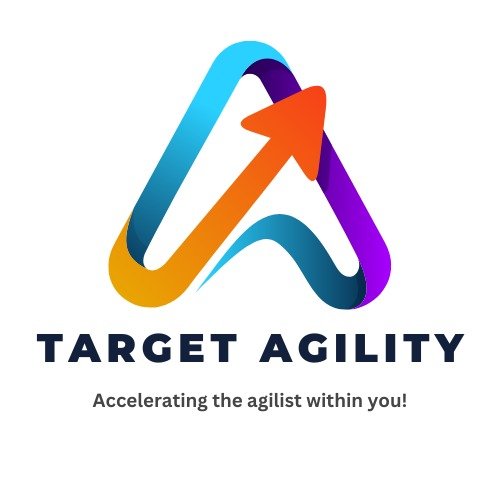In today’s fast-moving world, learning should never stop—especially in tech and agile environments. The best teams are always growing, trying new things, and learning from each other. A strong learning culture helps teams stay up-to-date, motivated, and ready for whatever comes next.
Let’s look at how teams are making learning a regular part of their work—and why it matters.
1. Learning Sprints: Quick and Focused Learning
Agile teams are now setting aside time for short “learning sprints.” These are planned sessions where the whole team focuses on learning a new tool, skill, or concept together.
Instead of waiting for formal training, teams learn what they need right away—whether it’s a coding language, a new design pattern, or a DevOps tool.
Why it works:
- Easy to fit into regular schedules
- Directly connected to real work
- Helps everyone improve quickly
2. Tech Radar Meetings: Tracking What’s New
Many teams now hold regular tech radar meetings. This is where they look at new tools, technologies, or trends and decide whether to try, adopt, or avoid them.
It’s a smart way to stay informed, avoid tech debt, and make better technology choices.
Why it works:
- Keeps everyone up to date
- Supports smarter tech decisions
- Builds shared understanding across the team
3. Internal Conferences and Demos

Big companies often host their own internal conferences, lightning talks, or demo days. These events are a chance for team members to share what they’ve learned, show cool projects, or teach others something new.
It’s like having your own tech event—right inside the company.
Why it works:
- Encourages learning from peers
- Builds confidence and public speaking skills
- Brings teams closer together
4. Creating the Right Environment: Safety and Trust
A learning culture only works when people feel safe and respected. Team members should feel free to ask questions, share ideas, or admit they don’t know something—without fear of being judged.
That’s called psychological safety, and it’s key to helping people grow.
Also, when teams have autonomy, they can choose how and what they learn. This gives them ownership and makes learning more fun and meaningful.
Why it works:
- Boosts creativity and innovation
- Builds strong, trusting teams
- Encourages open communication
Why Learning Culture Matters
When teams keep learning, the whole company benefits:
- Faster problem-solving
- Better tools and smarter choices
- Happier, more skilled employees
- Stronger teamwork and collaboration
- Better results for customers and users
Conclusion
Creating a learning culture doesn’t need to be complex. Start small—add learning sprints, host tech talks, and make time to explore new ideas. Give your team the freedom and safety to learn, and you’ll build a workplace where growth never stops.











